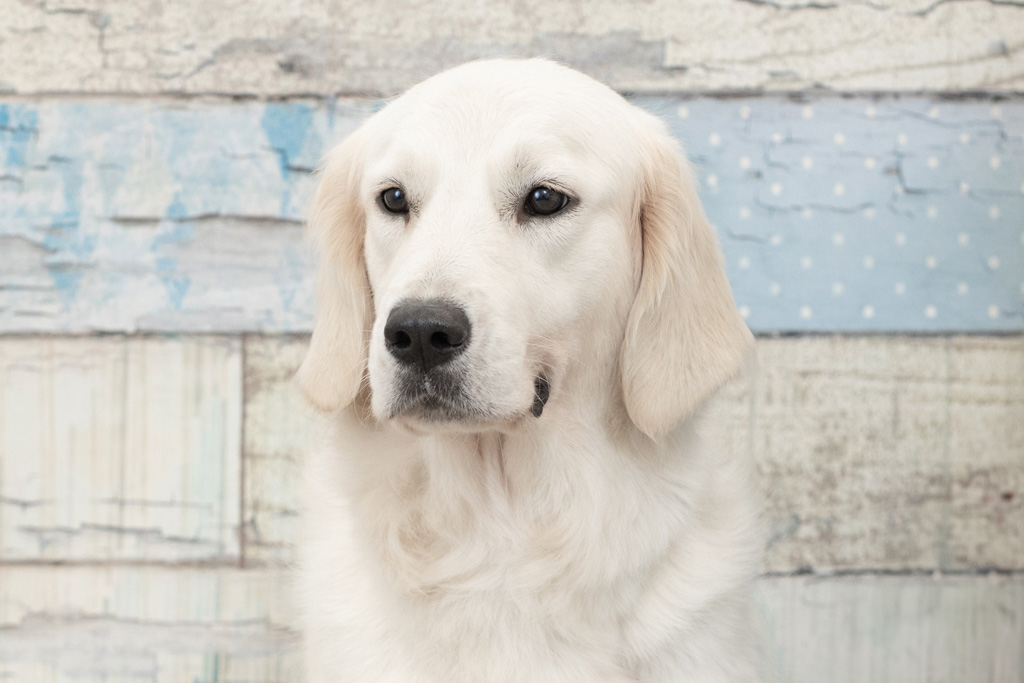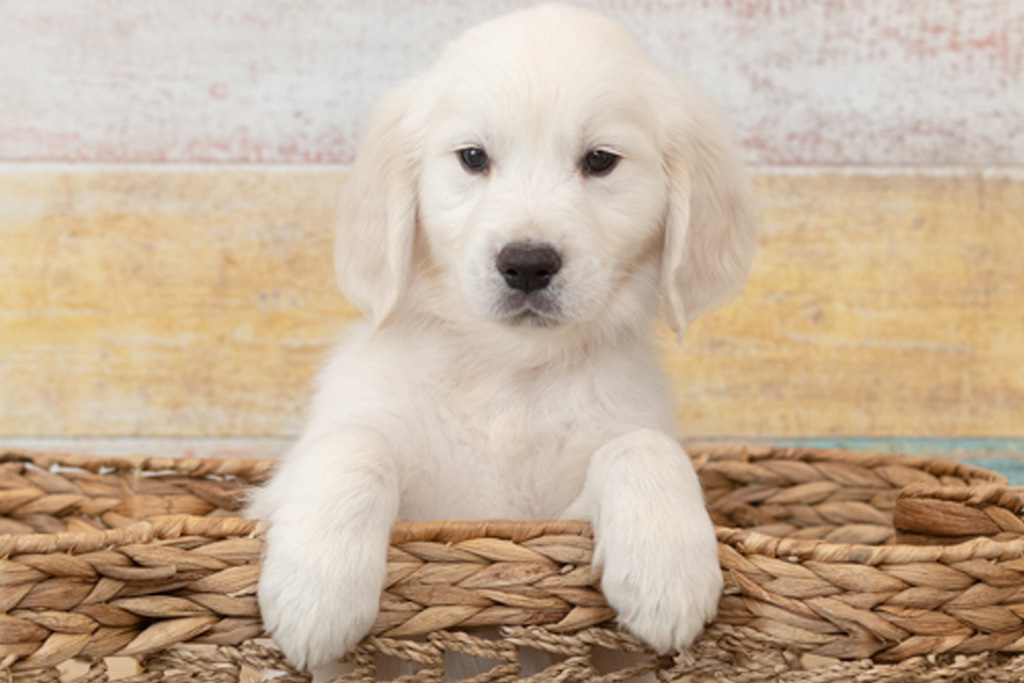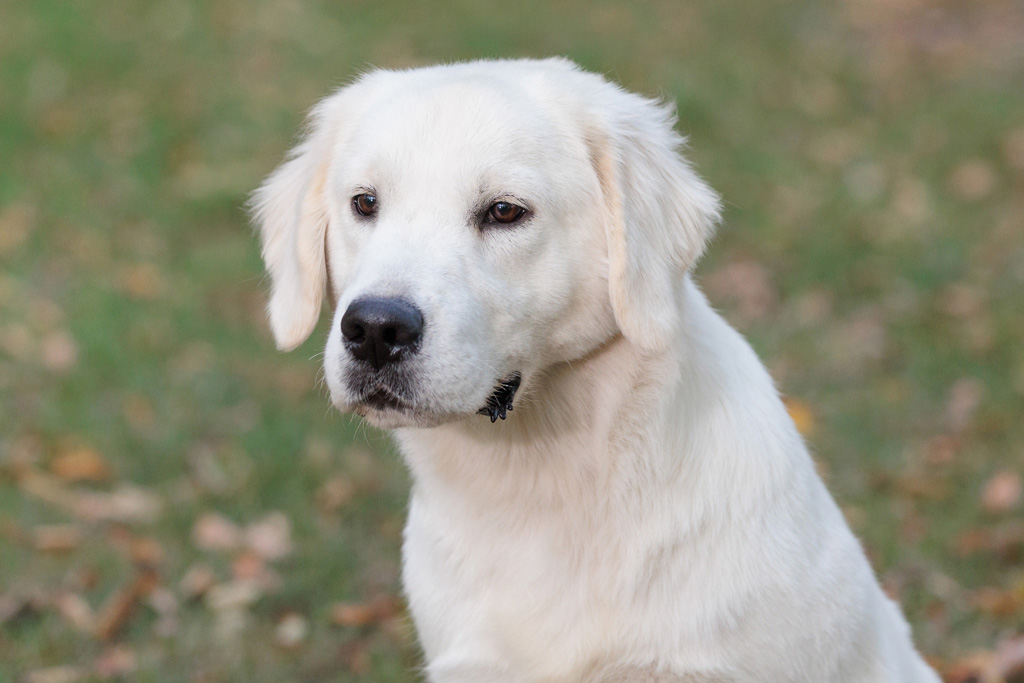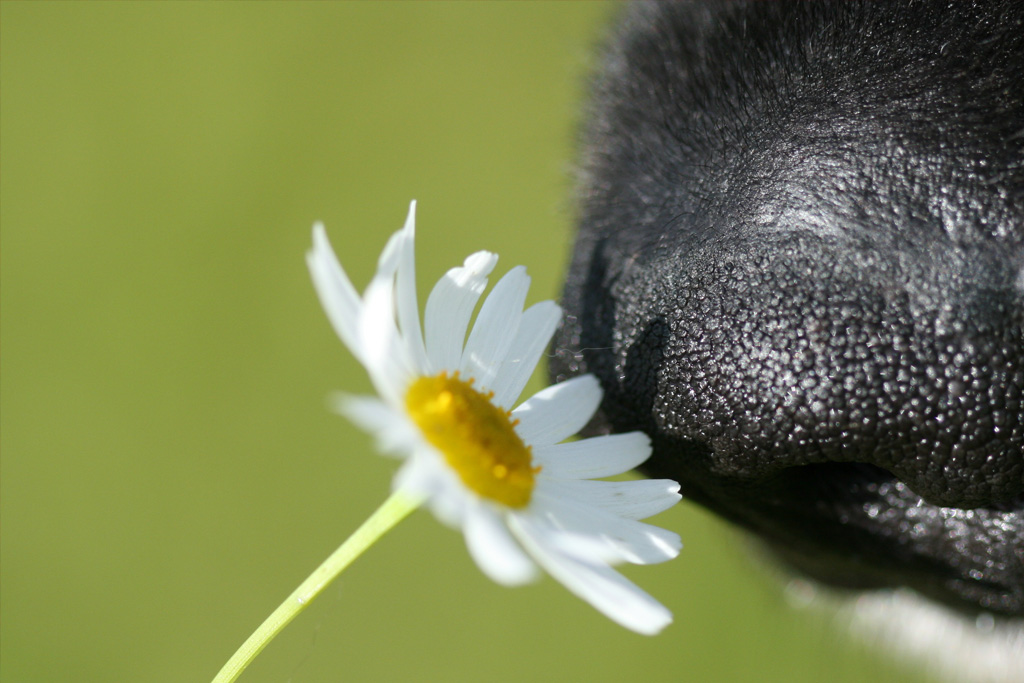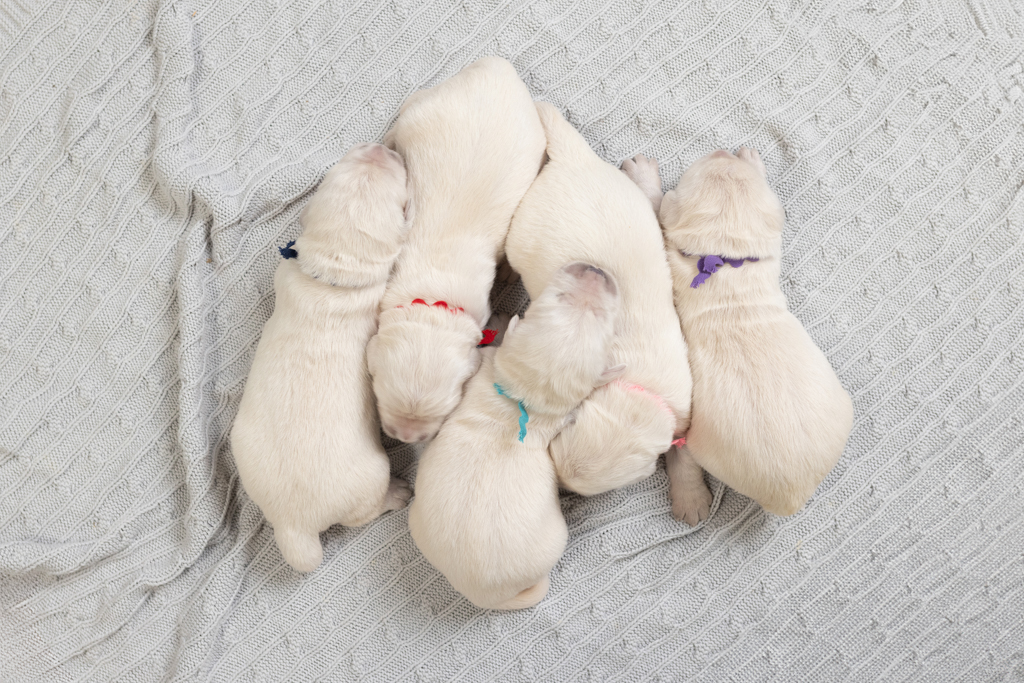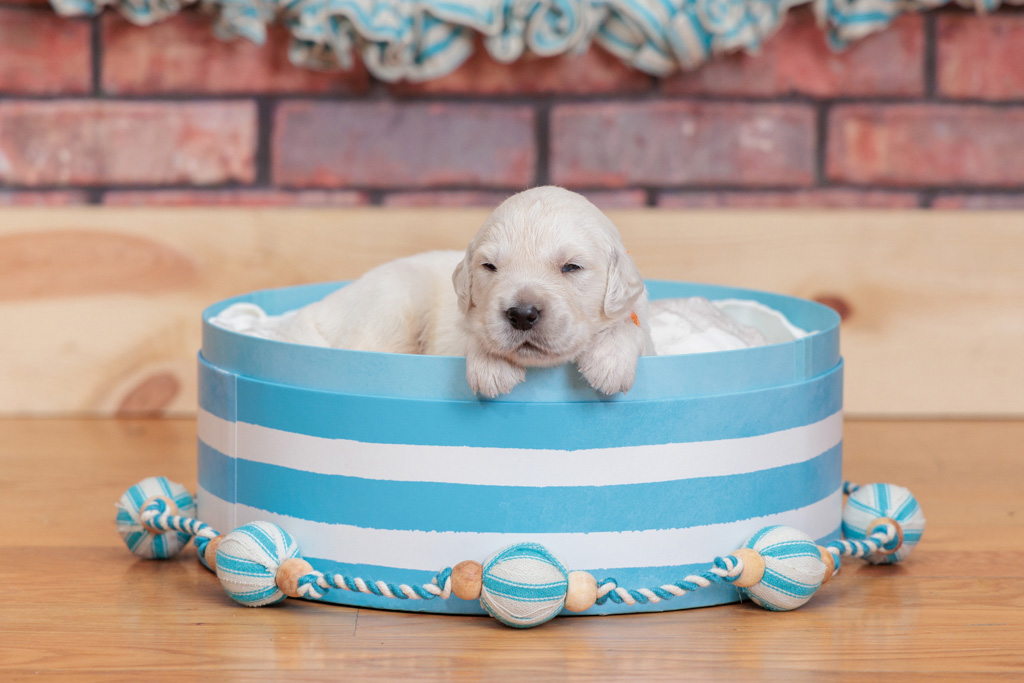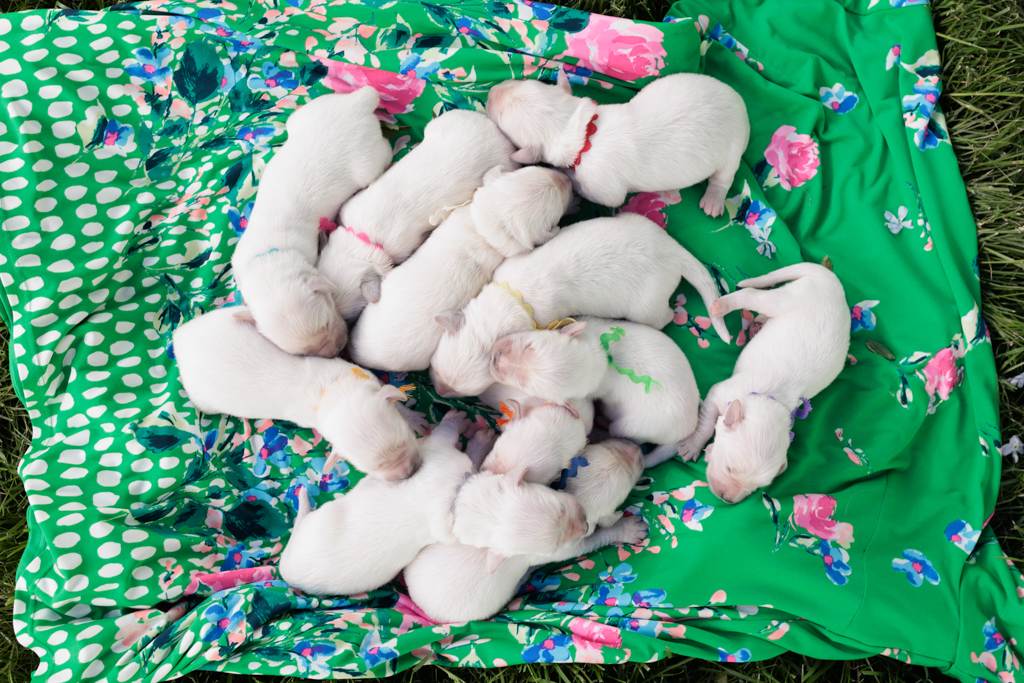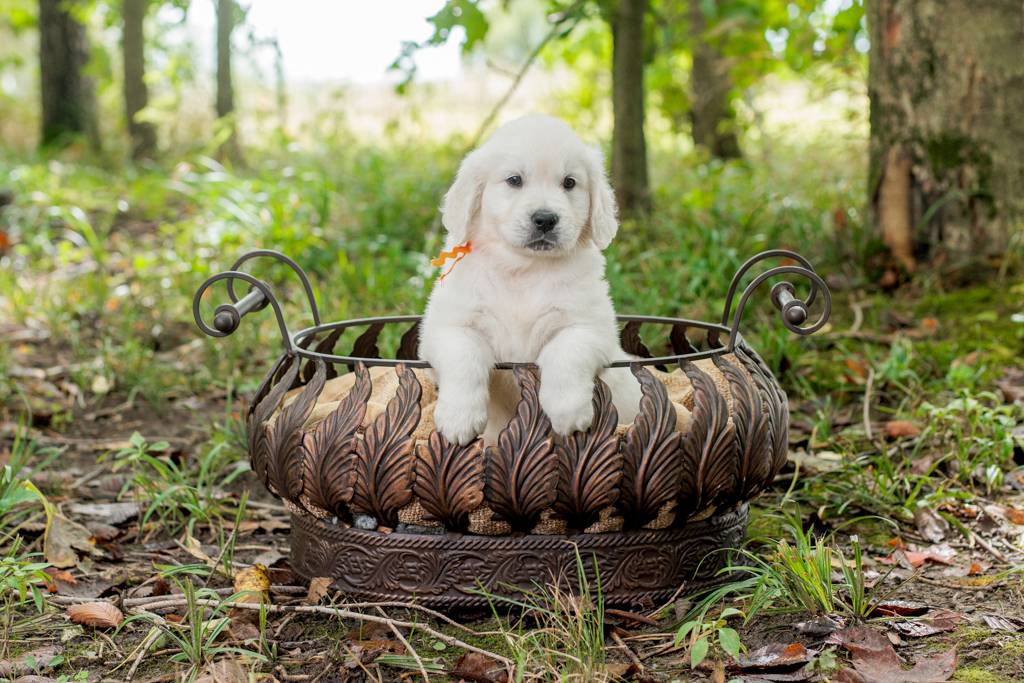Welcoming a new puppy to your home for the first time? It’s a time filled with joy, anticipation, and a dash of nervousness.
Especially when the puppy is an English Cream Golden Retriever. Known for their friendly and gentle temperament, these dogs make wonderful companions.
However, it’s not just about the cuddles and playtime. There’s a lot to learn about puppy care, particularly for this breed.
This comprehensive new puppy guide is here to help. It’s designed to provide practical advice on puppy care tips, training, feeding, and creating a nurturing environment.
Whether you’re a new pet owner, a seasoned veterinarian, or a pet care blogger, this guide has something for you. It simplifies complex topics, making them easy to understand and implement.
From puppy proofing your home to understanding the specific nutritional needs of your English Cream Golden Retriever, we’ve got you covered.
So, let’s embark on this journey together. Let’s ensure that your new furry friend gets the best start in life.
Understanding Your English Cream Golden Retriever Puppy
Having an English Cream Golden Retriever is a joyful and rewarding experience. These puppies are known for their sweet and gentle nature.
Understanding their needs is key to raising a happy and healthy puppy. They thrive in environments where they feel secure and loved.
From nutrition to training, each aspect of care plays a crucial role. Let’s delve into what makes this breed unique and how you can provide the best care.
Key traits of these puppies include their intelligence, playful energy, and affectionate nature. Understanding these traits will help you connect better with your puppy.
Here are some fundamental aspects to focus on as you learn about your new puppy:
- Temperament and socialization
- Exercise and health
- Proper nutrition and feeding routines
- Consistent training methods
- Regular grooming and veterinary care
As we explore these aspects in detail, remember the importance of patience and consistency. Every effort counts towards your puppy’s well-being.
Temperament and Socialization
English Cream Golden Retrievers are gentle, eager to please, and highly sociable. This breed naturally enjoys being around people and other animals.
Early socialization is crucial. Introduce your puppy to a variety of experiences, people, and other dogs.
This helps them develop into a well-adjusted adult dog. Socializing isn’t just about meeting others—it’s about understanding the world.
Ensuring varied experiences help them grow confident in new surroundings. Attend socialization classes if possible.
These classes often provide controlled environments. It’s a great way for your puppy to learn and interact.
Your patience and encouragement during this time are invaluable. Celebrate small milestones as your puppy learns and grows.
Exercise and Health
English Cream Golden Retrievers are active. Regular exercise keeps them healthy and happy.
Daily walks and playtime are essential to their routine. However, balance is key to prevent exhaustion.
Over-exercising a young puppy can impact joint development. Short, fun sessions are ideal.
Exercise also includes mental activities. These intelligent pups enjoy learning new tricks and commands.
Teach them basic commands like sit and stay. It not only keeps them engaged but also reinforces good behavior.
Regular health check-ups are equally important. Monitor their growth and vaccination schedule. This ensures a long, healthy life for your puppy.
Preparing Your Home for a Puppy
Bringing an English Cream Golden Retriever puppy home involves preparation. Your home should be safe and welcoming for your new pet.
Consider it an adventure. Creating a nurturing environment sets the stage for successful bonding.
It’s essential to think through the various adjustments needed. Simple changes make a significant impact on your puppy’s safety and comfort.
Puppy proofing isn’t merely preventing damage to your belongings. It’s about preventing harm to your curious pup too.
Here’s a checklist to get you started:
- Remove dangerous items within reach.
- Hide electrical wires and cords.
- Secure cabinets with child-proof locks.
- Place trash cans out of sight.
- Store hazardous substances safely.
- Check for choking hazards or small objects.
- Block access to stairs until your puppy is ready.
Once the basics are done, focus on providing a nurturing space. Creating a safe haven where the puppy can relax and feel secure is important.
Puppy Proofing Essentials
Start by examining your home from a puppy’s perspective. This helps identify potential hazards.
Electrical cords can be tempting chew toys. Keep them out of sight or secured.
Household items such as cleaning supplies, medicines, and certain plants can be toxic. Store these in high places or locked cabinets.
Don’t forget small objects that could pose choking risks. Keep floors clear of toys and items that your puppy could swallow.
If your home includes stairs, secure them with gates. Until your puppy becomes confident with navigation, stairs can be daunting.
Addressing these areas ensures safety and peace of mind for you and your furry friend.
Creating a Safe and Nurturing Space
Your puppy needs a quiet spot for rest and retreat. It could be a cozy bed or a crate lined with soft blankets.
This area should be away from drafts or extreme temperatures. A comfortable sleeping space helps with development and well-being.
Add a few chew toys to keep them entertained. Positive associations with their space encourage them to see it as a haven.
Lastly, stability and routine are key. Regularity reassures your puppy, helping them adapt to their new home.
Feeding Your Puppy: A Guide to Nutrition
A well-fed puppy is a happy puppy. English Cream Golden Retrievers need a balanced diet to support their rapid growth.
The right nutrition ensures they grow strong and healthy. It’s vital to understand their specific dietary needs.
As their guardian, you have the responsibility to provide quality food. This involves selecting food rich in essential nutrients.
There are various feeding options, from commercial diets to home-cooked meals. Each has its benefits, so research and choose wisely.
Here’s a list of key nutritional components to consider:
- High-quality protein sources for muscle development.
- Essential fatty acids for a shiny coat and healthy brain.
- Calcium and phosphorus for strong bones and teeth.
- Carbohydrates for energy to fuel their playful days.
- Vitamins and minerals to support overall health.
Understanding what constitutes balanced puppy nutrition allows you to make informed choices. Pair it with proper feeding practices to ensure they thrive.
Understanding Puppy Nutritional Needs
Puppies require different nutrients than adult dogs. Their rapidly growing bodies need more protein and fat.
Proteins are the building blocks for muscle development. Look for foods with named meat sources as the primary ingredient.
Fats provide essential fatty acids necessary for brain health and a lustrous coat. Ensure the food contains adequate fat levels for energy.
While carbohydrates may not be mandatory, they supply quick energy. Healthy grains or vegetables can be ideal sources.
Vitamins and minerals also play crucial roles in development. They aid in immune function and bone growth. Balanced diets cater to all these needs.
Puppy Feeding Guide and Diet Tips
Consistency in meal timing helps regulate a puppy’s metabolism. Most young puppies need three to four meals per day.
Start with smaller meals that are frequent. This supports their fast metabolism and prevents blood sugar dips.
As they grow, you can adjust the number of meals. Transition to two meals per day as your puppy approaches adulthood.
Always ensure access to clean, fresh water. Stay mindful of your puppy’s weight to prevent obesity.
Regularly consult your vet to tailor the feeding plan. They can provide specific recommendations based on growth stage and activity level.
Puppy Training Advice Your English Cream Golden Retriever
Training is crucial for your puppy’s development. It fosters obedience and strengthens the bond between you and your pet.
English Cream Golden Retrievers are known for their intelligence. This makes them highly trainable with the right approach.
The foundation of effective training is consistency and patience. Implement routines that your puppy can rely on.
Training should begin early, when your puppy is most receptive to learning. Use these early weeks to introduce basic commands.
Positive reinforcement is the most effective method for this breed. They thrive on encouragement and rewards.
Here’s a quick list of things to keep in mind:
- Be patient; training takes time.
- Keep sessions short to maintain attention.
- Use treats and praise as rewards.
- Stay calm and positive, avoiding harsh discipline.
- Maintain consistency with commands and schedules.
- Make training sessions fun and engaging.
Basic Commands and Positive Reinforcement
Start with simple commands like “sit,” “stay,” and “come.” These form the foundation for more complex training later.
The key to success is positive reinforcement. Reward your puppy with treats, praise, or toys to encourage desired behavior.
Timing is crucial; rewards should follow immediately after the correct action. This helps your puppy associate the command with the action.
Avoid using negative reinforcement, as it can create fear and mistrust. Instead, redirect behavior with patience and understanding.
Ensure everyone in the household uses the same commands. Consistency helps your puppy understand expectations.
Crate Training, Potty Training and Housebreaking
Crate training provides your puppy with a secure, cozy space. It aids in housebreaking and helps manage their natural need for a den.
Introduce the crate as a positive place where your puppy can relax. Never use it as a form of punishment.
Start by encouraging short stays in the crate with treats and toys. Gradually increase the duration as your puppy grows comfortable.
Housebreaking benefits from crate training as dogs naturally avoid soiling their sleeping area. Establish a regular schedule for bathroom breaks.
Supervise your puppy closely, especially in the early stages. Promptly guide them to the proper spot for potty breaks to reinforce habits.
Be patient; accidents are part of the learning process. Praise successes to motivate your puppy along the way.
Health Care and Grooming
Ensuring proper health care and grooming is vital for your English Cream Golden Retriever. This not only keeps them looking good but also maintains their overall well-being.
Begin with a schedule of regular veterinary check-ups. Early monitoring can help prevent issues before they become serious.
Grooming is more than mere aesthetics. It’s integral for spotting potential health concerns like skin irritations or parasites.
Dental care also plays a significant role in your puppy’s health. Establishing a routine will help prevent gum disease and tooth decay.
Here’s a quick list of health care tips:
- Schedule vet visits routinely, at least twice a year.
- Keep vaccinations up-to-date to avoid preventable diseases.
- Brush your puppy’s coat regularly to prevent mats.
- Use appropriate grooming tools for your puppy’s dense coat.
- Inspect ears for wax buildup and clean them as needed.
- Brush your puppy’s teeth daily to maintain dental health.
Regular Veterinary Check-ups and Vaccinations
Regular vet visits are essential for your growing puppy’s health. These check-ups help monitor growth, development, and early signs of illness.
Ensure that vaccinations are kept current. Vaccines protect against diseases like distemper, parvovirus, and rabies, which can be fatal.
Discuss parasite prevention with your veterinarian. Flea, tick, and worm control should be part of your puppy’s health plan.
Work together with your vet to develop a health routine tailored for your English Cream Golden Retriever. This will support their healthy growth into adulthood.
Grooming and Dental Care
Grooming should become a familiar part of your puppy’s routine. English Cream Golden Retrievers have a dense coat requiring regular attention.
Weekly brushing helps remove loose fur and prevent tangles. During shedding seasons, increase the frequency to manage fur distribution.
Focus on more than just the coat. Regularly inspect and clean your puppy’s ears to avoid infections.
Dental care might seem daunting, but it is crucial. Get your puppy accustomed to tooth brushing early on. Use pet-safe toothpaste and a soft-bristled brush.
Start gradually by gently introducing the brush to your puppy. Over time, this routine becomes an accepted part of their grooming.
Proper grooming and dental care contribute to your English Cream Golden Retriever’s comfort and long-term health.
Socializing and Mental Stimulation
Socializing your English Cream Golden Retriever early is crucial. It helps prevent behavioral problems and promotes a well-adjusted adult dog.
Mental stimulation is as important as physical exercise for this intelligent breed. Engaging your puppy’s mind can reduce boredom and destructive behaviors.
Start introducing your puppy to different environments and experiences. This builds their confidence and adaptability.
To enhance mental engagement, use various toys and activities. This enriches your puppy’s learning and problem-solving skills.
Here’s a list to guide you:
- Take your puppy on different walking routes.
- Introduce them to various sounds and sights.
- Use interactive toys like puzzle feeders.
- Engage in short, fun training sessions.
- Provide safe and chewable toys.
- Encourage playdates with other dogs.
Introducing New Experiences and Environments
Expose your puppy to a range of environments. This includes car rides, parks, busy streets, and quiet areas. Diverse experiences teach your puppy to handle new situations confidently.
Watch for their reactions and comfort levels. Gradual exposure ensures they don’t feel overwhelmed. Always offer praise and treats for calm behavior.
By familiarizing your puppy with new surroundings, you aid their development. This contributes to a balanced temperament.
Toys and Activities for Mental Engagement
Incorporate various toys to stimulate your puppy’s mind. Puzzle toys challenge their intelligence and curiosity.
Interactive play sessions, such as fetch or hide and seek, are great choices. These activities strengthen your bond while providing mental exercise.
Make sure to rotate toys regularly. This keeps your puppy interested and engaged. By maintaining novelty, you enhance their learning experience.
Select toys and games that match your puppy’s energy levels and curiosity. This promotes their mental well-being.
Common Challenges and Solutions
Bringing home a new puppy comes with its set of challenges. Understanding these can help you prepare better. Behavioral issues like chewing, barking, or separation anxiety can arise. It’s important to address these early.
Health issues specific to English Cream Golden Retrievers also need attention. Being proactive can prevent them from becoming serious problems. Providing a balanced approach to physical and mental needs is essential. You might wat to consider purchasing a pet insurance policy to help mitigate any long term risks.
Here’s a list of common challenges and how to address them:
- Chewing: Offer plenty of safe chew toys.
- Barking: Determine the cause and address it.
- Separation anxiety: Practice short absences and build up duration.
- Hip dysplasia: Ensure proper nutrition and avoid over-exercising.
- Allergies: Monitor and avoid triggers in their diet and environment.
Addressing Behavioral Issues
Behavioral problems like excessive barking or chewing are common in puppies. Early intervention can solve most issues. Start by identifying the triggers for these behaviors.
Using positive reinforcement, redirect their energy to appropriate activities. For instance, if your puppy is chewing on furniture, provide a chew toy. Reward them for chewing on the right object.
For barking, assess if it is due to boredom, alertness, or anxiety. Once identified, redirect focus through commands or engage in a new activity. Consistent training and clear boundaries help.
Health Issues Specific to the Breed
English Cream Golden Retrievers may face breed-specific health issues. Hip dysplasia and allergies are among the most common. Regular vet check-ups can catch problems early on.
Providing a balanced diet and appropriate exercise reduces the risk of joint issues. Keep an eye on their weight to prevent added stress on their joints. Allergies may manifest as skin irritation or digestive troubles.
Consult your vet if symptoms appear, and discuss diet changes or medications. Understanding your puppy’s genetics can help anticipate potential health concerns. Stay informed about your dog’s specific needs for lifelong health.
Conclusion: Embracing the Journey with Your New Companion
Welcoming an English Cream Golden Retriever puppy into your home is a joyous adventure. It involves patience, love, and learning. As you grow together, you’ll develop a strong bond built on trust and understanding.
Remember, each puppy is unique and will enrich your life in many ways. Stay committed to their well-being, and embrace both the trials and joys. This journey will not only shape your puppy’s future but also bring much happiness and fulfillment into your life. Enjoy every moment with your new, furry friend as you embark on this rewarding path together.
